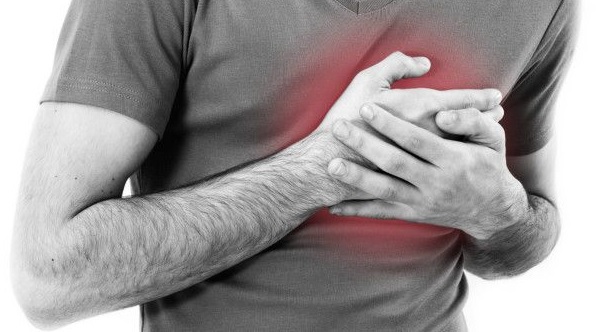A heart attack is a life-threatening serious health problem that occurs when coronary arteries carrying oxygen to the heart muscle suddenly become blocked. Medically known as myocardial infarction, it usually develops as a result of the rupture of ‘atheroma plaques’ that accumulate in these vessels and a blood clot settling in this area. This situation stops the blood flow that nourishes the heart and can lead to irreversible damage to the heart tissue.
What Causes a Heart Attack?
The vast majority of heart attacks occur due to the rupture of plaques that develop as a result of atherosclerosis. These plaques, formed over time by the accumulation of cholesterol, calcium, and other cellular waste, weaken the inner surface of the vessel. The suddenly ruptured plaque initiates the body’s natural clotting response, which leads to complete blockage of the vessel.
Risk factors for heart attack include:
- Smoking
- High blood pressure
- High cholesterol
- Diabetes
- Obesity
- Sedentary lifestyle
- Family history of heart disease
- Stress and unhealthy diet
What are the Symptoms of a Heart Attack?
Heart attacks often manifest with typical symptoms. However, ‘silent’ heart attacks can also occur in some individuals. The most common heart attack symptoms are:
- Pressure, tightness, or burning sensation in the center of the chest
- Spreading of this pain to the shoulders, inner arms, neck, jaw, or stomach
- Shortness of breath
- Cold sweats
- Dizziness, feeling faint
- Nausea or vomiting
One or more of these symptoms may occur simultaneously. Usually, the pain lasts longer than 15 minutes and does not subside with rest.
What to Do During a Heart Attack?
If you think you’re having a heart attack, remember you’re racing against time. The first thing to do in this situation is:
- Call 112 Emergency Services immediately.
- If you have aspirin with you and are not allergic, chewing a tablet may be helpful.
- Don’t drive, ask for help from the nearest person.
- If your doctor has previously given you nitroglycerin (sublingual tablet) and you’re in a suitable condition, you can take a dose.
Early intervention reduces damage to the heart muscle and saves lives.
Treatment Process After a Heart Attack
A patient who has had a heart attack must be treated in a fully equipped hospital. In the first stage, coronary angiography is performed to determine the location and degree of the blocked vessel.
Treatment options:
- Stent application (angioplasty)
- Coronary artery bypass surgery (open or closed method)
If multiple vessels are blocked, especially in diabetic patients or those with weak heart muscle function, bypass surgery stands out as a more effective and permanent form of treatment.
Ways to Prevent Heart Attacks
Preventing heart attacks is largely possible through individual lifestyle changes:
- Quit smoking and tobacco products completely.
- Have your blood pressure checked regularly.
- Monitor your cholesterol and blood sugar levels.
- Eat a balanced and healthy diet.
- Exercise regularly (at least 150 minutes of walking per week).
- Avoid excessive weight.
- Learn to manage stress.
To protect your heart health, don’t neglect your regular check-ups and try to minimize risk factors.

